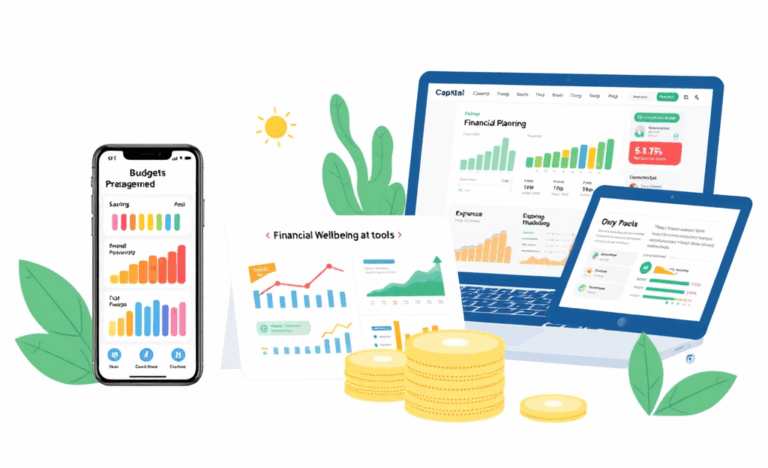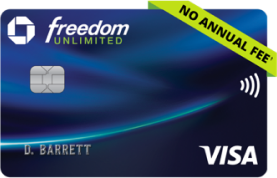![]()
![]()
![]()
![]()
Essential Cash on Hand for Family Emergencies
Emergency Cash is a crucial component of financial stability, providing peace of mind during unforeseen circumstances.
In this article, we will explore the significance of having an ‘Emergency Cash Stash,’ the recommended amounts to aim for, and safe storage options for your funds.
Additionally, we’ll guide you on how to gradually build your cash reserve and effectively incorporate these savings into your overall budgeting plan.
Being prepared not only safeguards your financial well-being but also ensures that you and your family can navigate through emergencies with confidence.
Importance of Immediate Cash Access
When digital systems go offline, having cash on hand becomes one of the most dependable lifelines for families.
Whether you’re facing a natural disaster, internet outage, or unexpected banking disruption, physical money lets you take immediate action without relying on electronic approvals or network connectivity.
Relevant text, especially during emergencies, is having reliable access to resources like food, gas, or medicine, with no delay or declined cards in sight
Without immediate cash access, everyday challenges can become overwhelming.
ATMs may go down, cards can fail without signal, and bank branches might be closed when you need them the most.
For this reason, many financial preparedness experts recommend storing a small yet meaningful amount of cash in a safe, secure location for ultimate flexibility and peace of mind
- Medical bills
- Urgent travel for family emergencies
- Food and fuel during outages
For trusted guidance on building your own emergency reserve, check out this helpful resource by Utah State University’s guide to building an emergency cash reserve
Calculating Your Ideal Cash Reserve
Deciding how much emergency cash to keep at home depends on your income stability, number of dependents, and risk tolerance.
The widely accepted guideline is to maintain 3 to 6 months’ worth of living expenses in readily accessible funds.
This buffer can protect your family from job loss, medical emergencies, or natural disasters.
Households with young children or only one income earner may want to aim for the longer end of that range.
You can start with smaller amounts, like $20 weekly, and gradually build toward your target.
Secure storage is essential—keep the cash in a fireproof safe or trusted family location for quick access in a crisis.
According to Ramsey Solutions, your cash reserve requirement should scale with your family’s size and monthly liabilities.
A two-person household may need less than a family of five managing higher day-to-day costs.
Below is a clear breakdown of recommended emergency cash by household size.
Always adjust these figures to reflect your actual bills, rent, insurance, groceries, and other essentials.
If unsure, tools like the NerdWallet Emergency Fund Calculator can help refine your number to match your situation.
| Household Size | Recommended Emergency Cash |
|---|---|
| 1-person | $2,000 – $6,000 |
| 2-person | $3,000 – $9,000 |
| 3-person | $4,500 – $13,500 |
| 4-person | $6,000 – $18,000 |
| 5-person | $7,500 – $22,500 |
Protecting Your Emergency Cash
Storing emergency cash at home requires balancing accessibility with security.
One secure option is a fireproof safe, designed to withstand high temperatures and protect its contents from fire damage.
These safes offer substantial peace of mind during natural disasters but may come at a higher cost and can be heavy or bulky to install.
Opting for products like the Kiplinger-approved home safes adds extra security because they also guard essential documents.
Although they deter thieves and shield from fire, they might not fully protect against flooding unless they are water-seal rated.
To counter water threats, a waterproof container serves as a protective shield against leaks or floods.
These are often portable and affordable, yet generally lack theft deterrence unless hidden well.
That’s why combining them with concealed locations, such as hidden compartments inside infrastructure or decoy items, proves effective.
According to ideas shared by U.S.
News, stashing cash in false outlets or household items increases security through obscurity.
However, these methods may risk forgetfulness or accidental disposal, so documenting the location safely is essential.
Growing the Cash Fund Over Time
Building a family emergency cash fund takes regular effort and a strategic approach, especially when resources may already feel stretched.
The key is turning small habits into long-term gains by integrating smart savings strategies seamlessly into everyday budgeting.
A great method involves collecting spare change, assigning side-gig income directly to savings, and committing to a routine monthly check-in to assess progress.
To build momentum, it’s essential to set realistic goals and stay disciplined through each phase.
As guided by expert advice from Heritage Family Credit Union’s emergency fund guide, developing intentional financial behavior makes a lasting impact not only during emergencies but in achieving financial peace of mind.
Start small but stay consistent is the principle that transforms loose coins into financial security.
- 1. Establish a weekly savings goal: Decide on a small, achievable amount like $10–$20 and boost it when possible
- 2. Deposit digital side income: Allocate freelance, gig, or rebate income into the stash without touching it
- 3. Collect and save physical change: Use a jar at home to capture spare coins, then deposit monthly
- 4. Use automatic transfers: Set up an automatic transfer to your savings account after every paycheck, even if it’s $5
- 5. Review progress monthly: Track milestones and adjust strategies to keep motivation high
Small steps grow into a safety net that protects your family when it matters most
Budgeting for Regular Cash Contributions
Integrating a monthly cash savings goal into your household budget begins with a proactive approach to expense tracking.
By reviewing where your family’s money goes each week, you can spot small discretionary costs that quietly accumulate—like unused subscriptions, frequent takeout, or streaming services.
Instead of letting that money drain away unnoticed, reallocate those extra dollars directly into your emergency cash fund.
For example, if you cancel a $15 movie platform you rarely watch, set up a recurring transfer of that same amount to bolster your cash reserve immediately.
Consumer Financial Protection Bureau’s emergency fund guide reinforces this method for building sustainable savings.
Emergency Cash plays a vital role in securing your financial future.
By taking proactive steps to build and manage your cash reserve, you’re setting yourself up for success during unexpected situations.
Remember, a little saved today can make a significant difference tomorrow.




